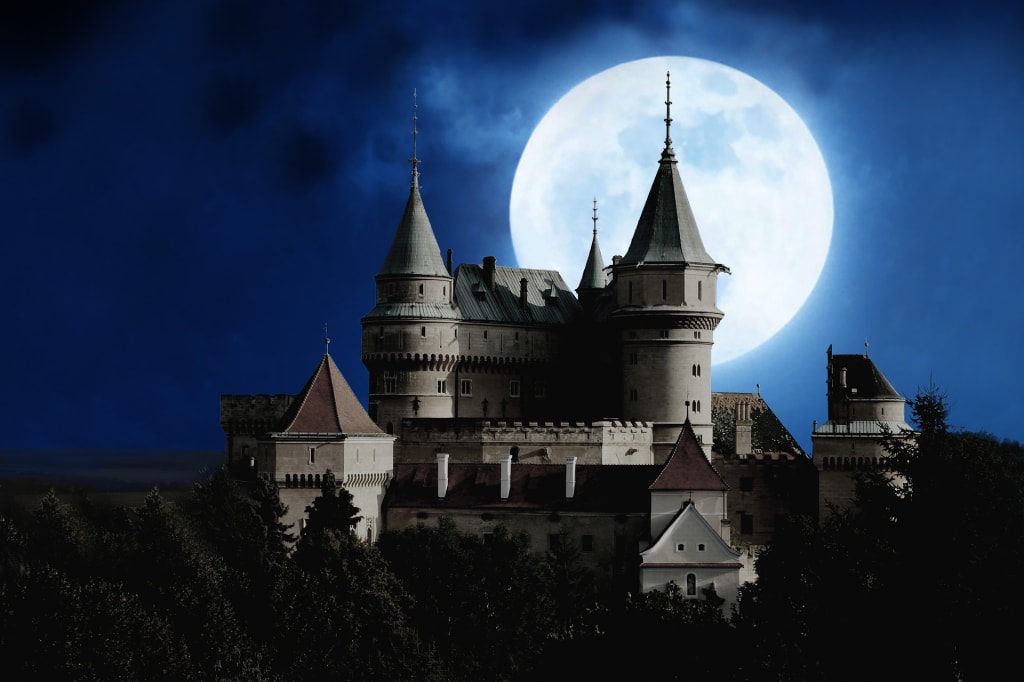
Jacob Ludwig Karl Grimm (1785–1863) and Wilhelm Karl Grimm (1786–1859) were very close brothers, to the point that, when one of the two started a family, the other went to live with him. Numerous disappointments then led them to shut themselves in their fantasy world, a bit like what happened to Tolkien in the last part of his life. Born in Hanau, near Frankfurt, they were linguists and philologists, founding fathers of German studies, authors of a very important dictionary which was completed posthumously only in the sixties. Jakob is also renowned in glottology for the famous law that takes his name: the first consonantal rotation (Erste Lautverschiebung).
In the world, however, they are known above all for having collected and reworked the tales of the German popular tradition in “Fairy Tales” (Kinder- und Hausmärchen, 1812–1822) and “Germanic Sagas” (Deutsche Sagen, 1816–1818). However, French and other fairy tales were also published.
Their work is part of the nineteenth-century movement of rediscovery and revaluation of popular folklore. In a period in which the growing literacy led to the disappearance of the oral tradition, influenced by the romanticism of Clemens Brentano and von Arnim, the Grimm carried out their research with the specific intent to recover, not so much fairy tales for children, as tales that contained the spirit of an entire people, favouring the birth of a Germanic identity.
“Perhaps the time had come to reunite these fairy tales, given that those who must preserve them are less and less …”
Elias Lönrot did the same action in Finland in 1835 with the Kalevala.
The fairy tales they re-proposed were in the original version not intended for a child audience. What has come down to us is a sweetened adaptation, stripped of the bloodiest details, dating back to the English translations of 1857. The two stepsisters of Cinderella, for example, cut their heel and big toe in the original version in an attempt to enter the famous shoe. It seems, however, that some censorship has also been conducted by the Grimms regarding sexually explicit content.
The drafts over the years were multiple, the Grimm changed the stories to meet the tastes of the new German bourgeoisie and because they continually came across different versions. They endeavoured, however, to make the stories as they had listened to them, in a simple style, mimetic of popular language, without embellishments and even a little lacklustre. The two transpositions of Cinderella are very different: the baroque, aristocratic one, by Perrault and the bleak, bloody one, by the Grimm. In fact, we must specify that the work of the Grimm had been preceded in the seventeenth century by that of the Italian Gianbattista Basile (with “Lo cunto de li cunti” 1643–46) and by that by the French Perrault.
The stories have a dark setting, made up of orcs, witches who eat children, parents who abandon them in the woods, mothers (and not stepmothers!) who demand the hearts of their daughters, wolves who devour. It is a world of houses in the forest, talking animals, spinning wheels, spindles that let you fall asleep, straw that turns into gold, magic mirrors, poisoned apples. The protagonists are representatives of the people or aristocracy, the intent is edifying, with the happy ending that always rewards righteous and honest behaviour.
If Vladimir Propp has analyzed their recurring structure, if it is not impossible to link them to the theories of archetypes and the collective unconscious of Jung, the Freudian interpretation that Bruno Bettelheim has given is now famous. What is certain is that fairy tales — all, not only those of the Grimm — perform a consoling task for children.
Through storytelling, children overcome fears, objectifying them, gaining confidence in a happy ending, solving oedipal conflicts, fraternal rivalries, latent guilt feelings, first unconscious sexual disturbances, fear of abandonment, rites of passage to adulthood and to psycho-physic maturity. They also learn to distinguish what is good from what is bad, to take sides with the positive hero, to trust external help, not to become demoralized in the face of difficulties and feelings of inadequacy, to accept the existence of evil, considering it surmountable. In the tales of the Grimm those who are not worthy, those who do not behave as they should, face a bad end, and the apparent lack of pity in punishment is only justice in the eyes of the little ones.
The child derives much more consolation and benefit from listening to a fairy tale than from logical reasoning. Through fantastic images and narration, he subliminally and instinctively reworks the precepts, assimilating them effortlessly.
Even in current fairy tales, those of the hardback booklets on sale in the shelves of the roadside restaurants, the most recurring word is FEAR. Exorcising childhood terror, and overcoming children’s performance anxiety, seems to be the main goal of the fairy tale world.
To conclude, remember that an operation similar to that of the Grimm brothers was carried out by Italo Calvino in 1956 with the fairy tales of the Italian popular tradition.
About the Creator
Patrizia Poli
Patrizia Poli was born in Livorno in 1961. Writer of fiction and blogger, she published seven novels.






Comments
There are no comments for this story
Be the first to respond and start the conversation.